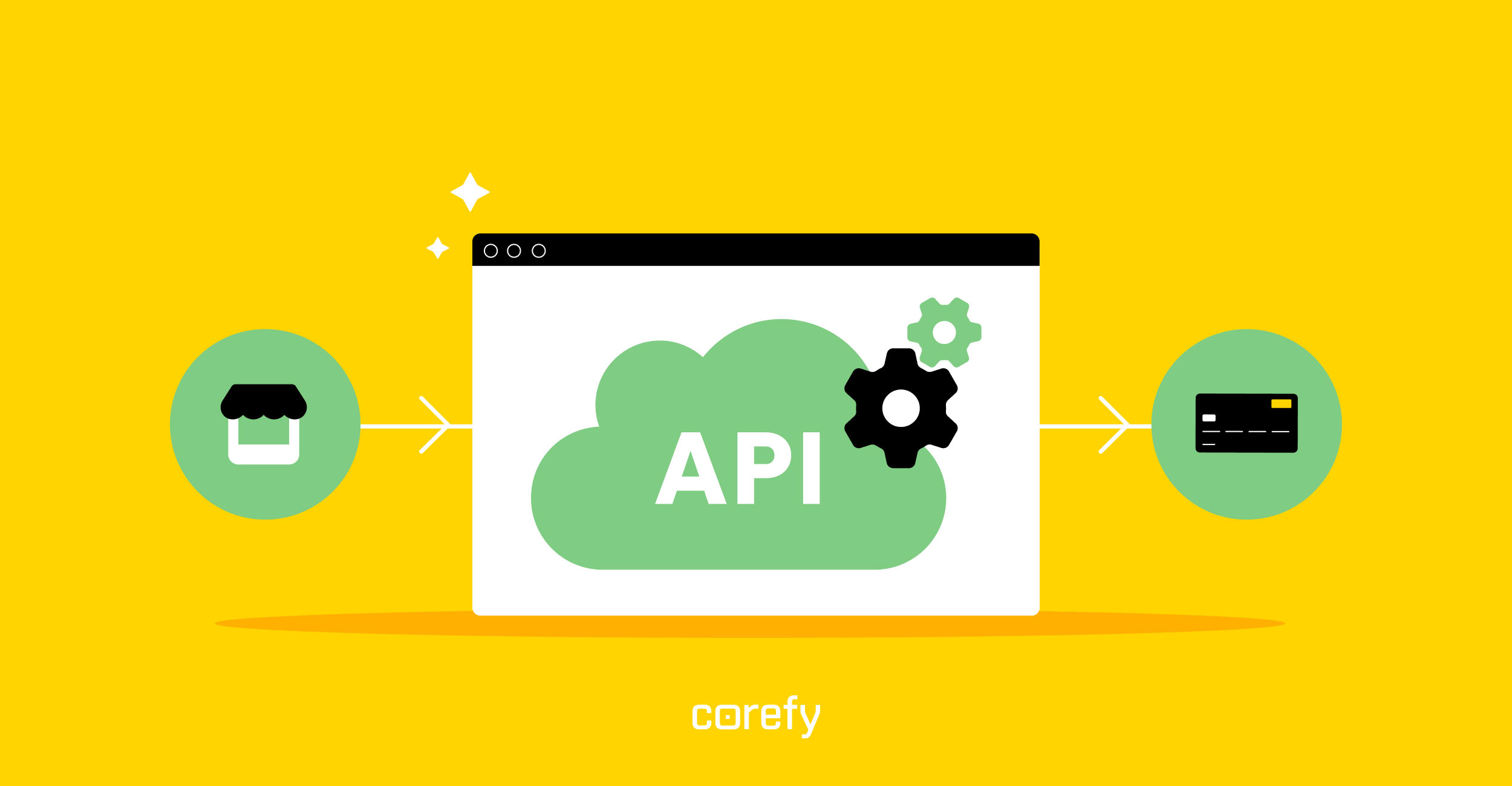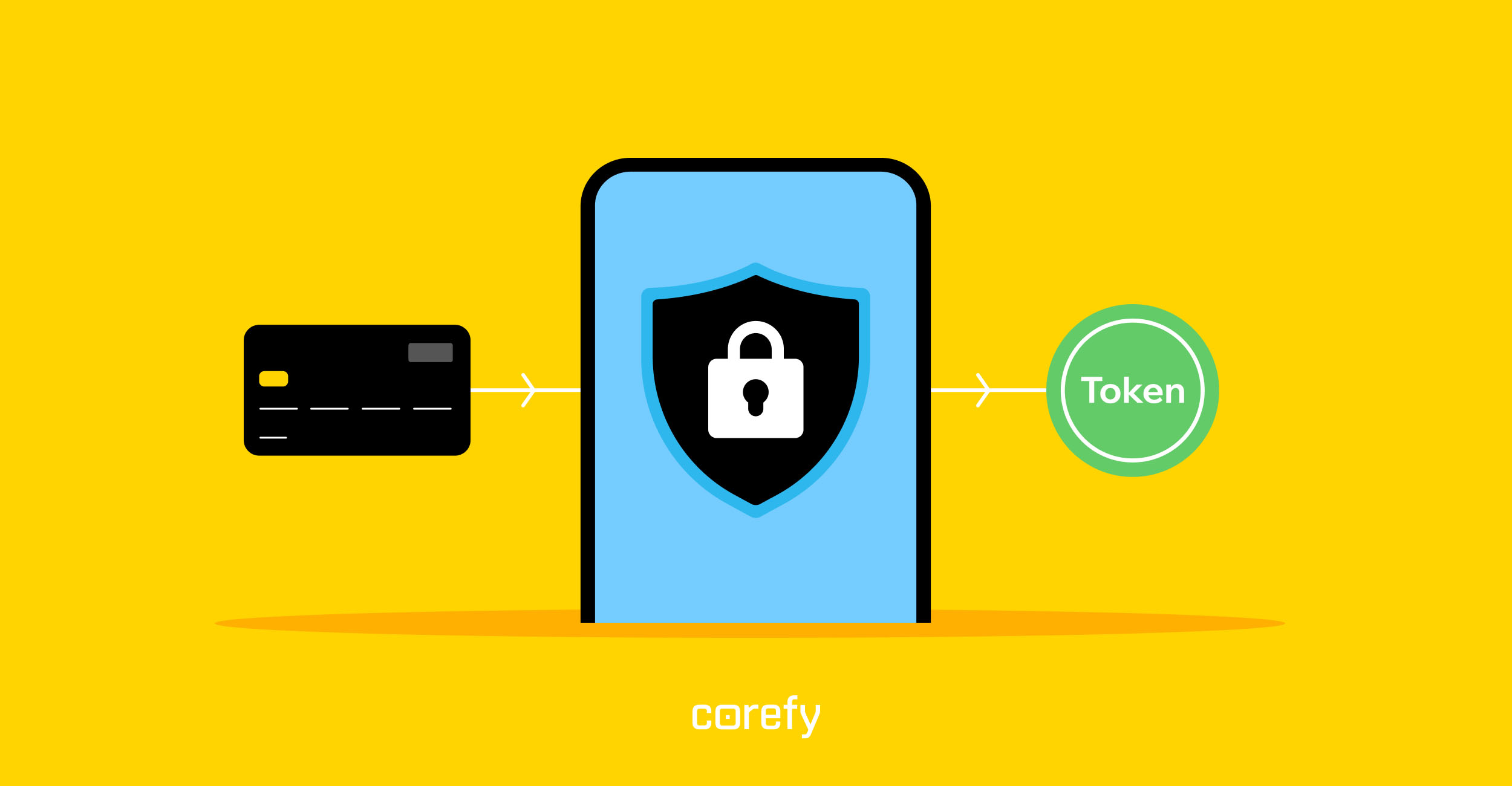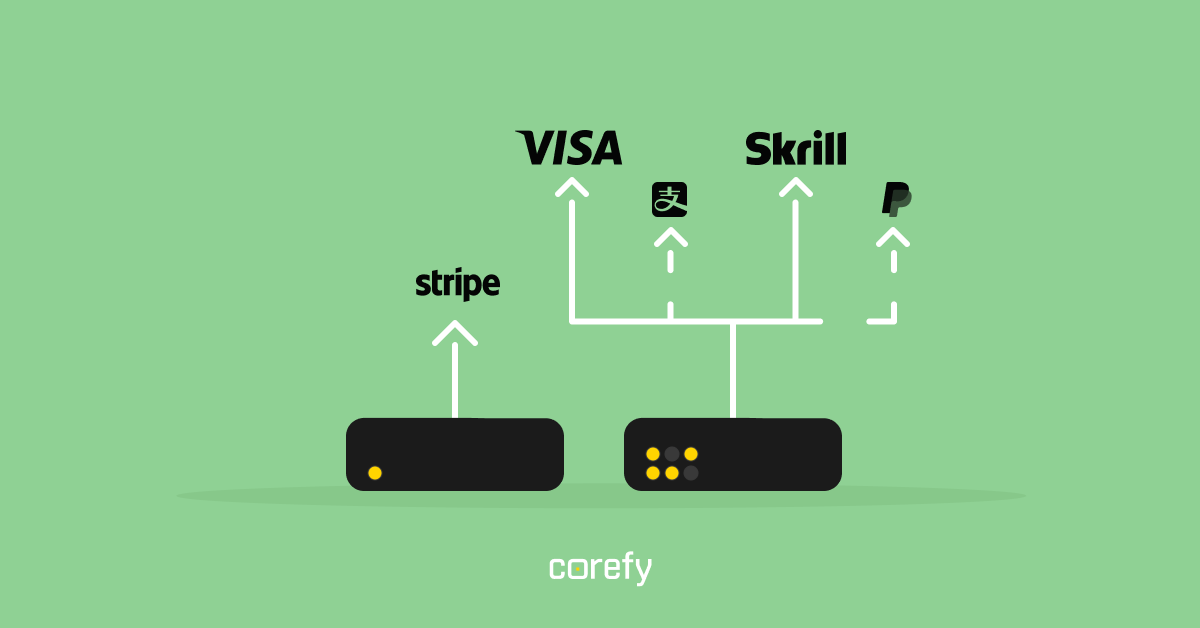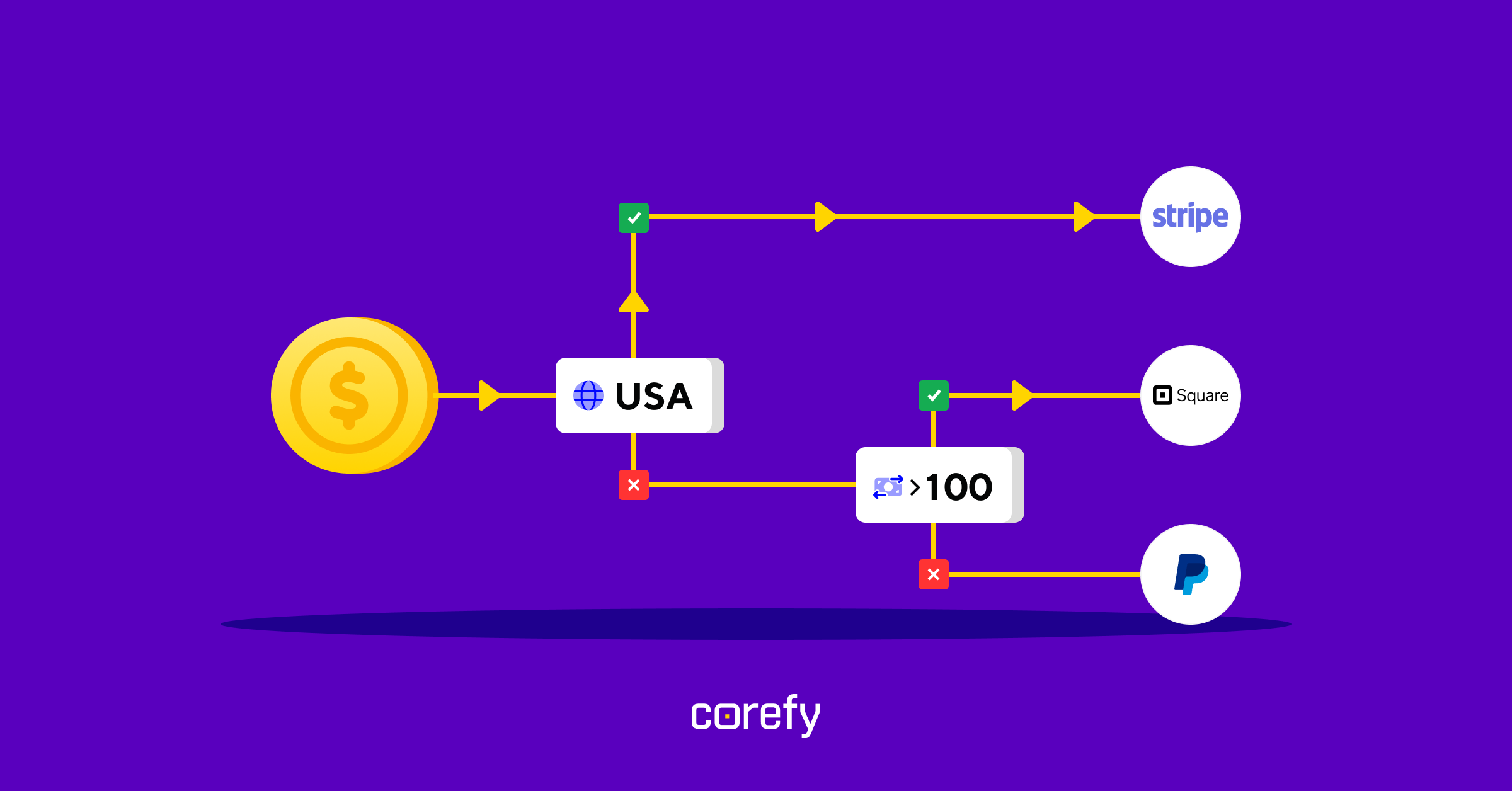In today's competitive business landscape, offering customers multiple payment options is crucial. However, if you operate in a high-risk industry, such as online gambling or adult entertainment, obtaining a merchant account can be challenging. Banks and financial institutions perceive these industries as having a higher probability of chargebacks and fraudulent activity.
So, to start accepting digital payments, entrepreneurs should find a reliable payment partner to open a merchant account. The procedure often takes time, and if your project falls into the high-risk category, it gets even more daunting. Getting proper assistance and instructions will help you ease the task. This article is a cheat sheet for those who own a high-risk business and want to start accepting payments online.
What is a high-risk merchant?
A high-risk merchant is a business with a potentially high fraud level. The reasons for that vary from the nature of businesses to zero credit history. Unfortunately, the latter also flags a high-risk business. If your company breaks sales records every month, it is a good sign for you, but at the same time, it increases the level of risk. Another factor is sales in high-risk or sanctioned countries. Still, the same industry may have different levels of risk for different payment service providers.
Typical representatives of high-risk merchants
High-risk merchants are those that operate in industries that are more prone to chargebacks, fraud, or financial failure. The most popular are online gambling, casinos, adult entertainment, telemarketing and nutraceutical & weight loss products. E-commerce businesses with high average ticket prices or those selling easily resalable goods also fall into the high-risk category, along with credit repair and debt consolidation companies, travel & ticketing companies, and subscription-based businesses.
However, acquirers will consider each business on a case-by-case basis. Not all of the aforementioned industries will necessarily be considered high risks. Similarly, many other activities not listed above may be considered risky. It all depends on the individual indicators of the financial activity of an individual enterprise.
High-risk businesses characteristics
- Getting on the MATCH or TMF (merchant blacklist) list due to excessive chargebacks.
- Small history of credit card transactions.
- Selling goods or services to customers in countries associated with a high level of fraud, the risk of financial loss.
- Trading and accepting transactions in several foreign currencies.
- Bad or no credit history, difficulties with individual loans, low reputation.
- Average monthly sales exceed $20K.
- The average credit card transaction is over $500.
- Business dependence on seasonality or periodic sales.
How to open a high-risk merchant account: 9-step guide
To get a high-risk merchant account, you need to go through several stages:
1. Define your project needs. It would be best if you didn’t overpay for services you do not use. Since you open a merchant account with a high risk, you will have to pay a higher commission anyway. So, you do not need any extra spending.
2. Monitor available offers thoroughly. Not everyone will want to open and host an account for a high-risk project. But you will surely have some choice, and it is advisable not to rush to make it as quickly as possible. Look for companies with a proven track record of supporting merchants in your niche. Read online reviews, compare fees, and analyze the terms and conditions they offer.
3. Check for compliance & permissions. Make sure the company of your choice has all the resources and permissions to provide services for you. This is especially important for businesses with specific activities and needs.
4. Find out every detail. Not all companies publish the full necessary information on their websites. Therefore, you will need to communicate with managers and find answers to your questions about payments and commissions and how quickly an account will be opened and services will begin to be provided.
5. Submit your application. This process will not take long, but be ready to provide detailed information about your online business. After all, by opening an account for your company, your future partner also assumes your high risks and does not want to incur losses. Therefore, they’ll need to learn as much as possible about your company and its activities.
6. Communicate with a security officer. The purpose of this step is similar to that of the previous one. The company wishes to minimise the possible risks of cooperation with you.
7. Provide additional documents. You'll need to gather and prepare your business documentation to demonstrate your credibility and reduce risk in the eyes of payment processors. This typically includes:
- Proof of business registration. Ensure you have all the necessary legal documents, such as your business license or registration certificate.
- Financial statements. Prepare your audited or recent bank statements to show your business's stability and financial health.
- Website and marketing materials. Ensure your website is professional, transparent, and compliant with industry standards. Have clear terms and conditions, privacy policies, and refund policies easily accessible.
- Chargeback history. If you have an existing merchant account, provide records of your chargeback ratio and any steps you've taken to reduce chargebacks.
8. Bank check. After you collect all the information and documents, the account provider will send them to the bank for a check. The terms of it vary from 2 to 10 days.
9. Underwriting. The application will be sent for underwriting after completing all the steps. Opening a high-risk merchant account involves a more rigorous underwriting process compared to low-risk businesses. You may be required to provide additional documentation or undergo a background check. Cooperate fully with the underwriting team and be prepared to answer any questions about your business model, customer base, and risk management practices.
Accepting high-risk payments is challenging for any processing centre in any country. As a rule, the main obstacle is handling complaints from end customers received by the bank. However, the turnovers in this area are so large that serving the interests of these companies has turned into the whole industry. Today, there are dozens of options for opening high-risk merchant accounts in the USA, Great Britain, Germany, Ukraine, and other countries.
How Corefy can help
Corefy provides full-fledged solutions for merchants who are starting a high-risk online business or have already launched it but are looking for a high-risk payment gateway. Our payment orchestration platform operates worldwide and offers a wide range of traditional and alternative payment methods, multi-currency processing, and dynamic currency conversion. Our payment experts will readily assist you and answer your questions on opening a high-risk merchant account. Do not hesitate to contact us and kickstart your business.






.jpg)

.jpg)



.jpg)
